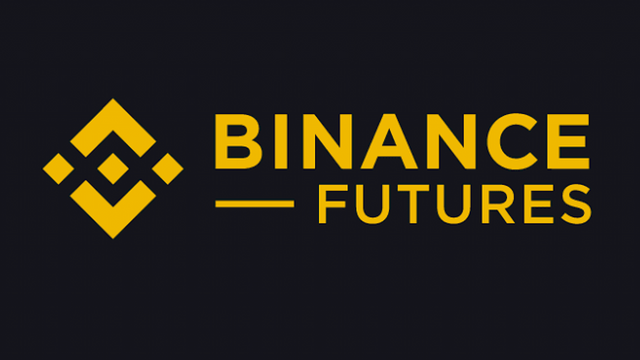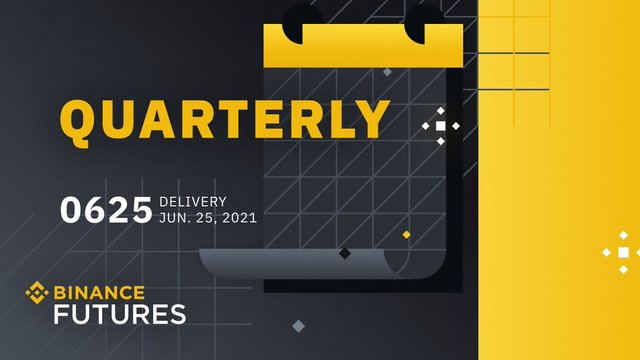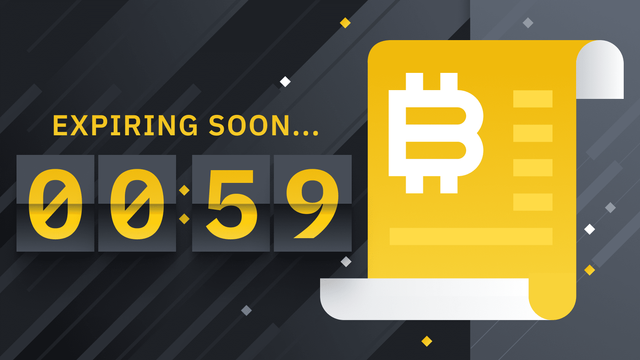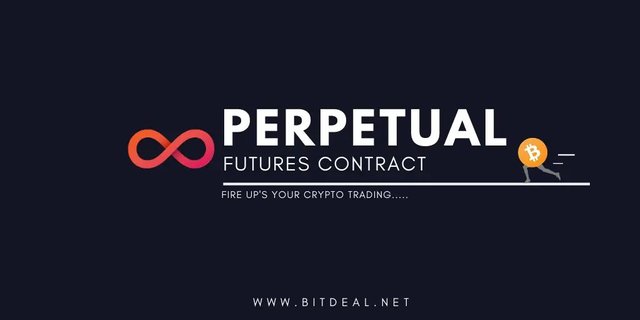Binance Futures: A brief View of Delivery Contracts

Binance has been giving its users the best trading features one could ever think of, and we already know that the future of cryptocurrency exposes traders to the world of digital currencies without possessing the actual cryptocurrency.
On our previous topics, we have discussed a lot, and we are not stopping there.
That's why I'm here again to explain another outstanding feature on the Binance exchange platform: the Delivery Contracts.
Here, we'll be discussing:
• What a Delivery Contract is
• How Delivery Contracts Work
• Benefits of Delivery Contracts
• Delivery Contract Expiration
• Differences between a Perpetual Contract and a Delivery Contract.
• Difference between USDⓈ-M and COIN-M Delivery Contracts
Without further ado, let's get started!
WHAT IS A DELIVERY CONTRACT
A delivery contract doesn't exist without a futures contract, which depicts that both parties agree to execute contract delivery transactions at the current price of the futures within a particular time frame, known as the delivery day. We should note that the contract price is all formed by the market mechanism in the delivery contract. Also, one cannot use the latest transaction price to calculate the profit and loss.
Going further, we also have different types of Delivery Contracts, and next, I'll be showing you how delivery contracts work.
HOW DO DELIVERY CONTRACTS WORK?
We have the current week, next week, current quarter, and next quarter.
The current week's contract does mean a contract for delivery on the Friday closest to the trading day;
Also, the next-week contract refers to the contract for delivery on the second Friday closest to the trading day;
The current quarter contract refers to a contract whose delivery date is the last Friday of the nearest month in March, June, September, and December, and does not coincide with the delivery date of the current week/next week contract;
The second-quarter contract also means a contract whose delivery date is March, June, September, and the last Friday closest to the current month in December. However, it shouldn't coincide with the delivery date of the current week/next week/season contract.
We should note that if the price index fluctuates drastically, which is usually caused by specific market circumstances or market manipulation near the delivery and settlement time, there will be a postponement of the delivery and settlement process from Binance until further notice.
BENEFITS OF DELIVERY CONTRACTS
Delivery contracts have their benefits, so it is essential to understand how it works, unlike perpetual contracts. As stated earlier, we have the current week, next week, and quarterly contract in the delivery contract, and they are divided into different times. We should note that the delivery contract has a delivery date and needs to be delivered on a specified date. So, it makes traders know the exact date of its delivery and how to trade with caution.

Currently, there are weekly delivery and quarterly delivery. Compulsory delivery will be performed at the end. If you do not want to be forced to deliver, you need to close the position before the delivery date, in the delivery period cannot be traded. Getting to know all these processes is a great benefit for its traders.
WHAT IS A DELIVERY CONTRACT EXPIRATION?
The contract expiration date is the last day of the contract when it will expire, regardless of whether you are squaring off your position or not. When the contract expires, you will receive the price of the contract on that day.

The contract will be delivered when the quarterly contract expires, and the system uses a cash-settlement method to deliver. Also, expired open positions are closed at the settlement price.
After the completion of the delivery, there will be an offline in the expired quarterly contracts, and other new quarterly contracts will be offered online. There will be a price limit, enforced on the new contract once it is online. After this, it will be back to normal after 10 minutes.
DIFFERENCES BETWEEN A PERPETUAL CONTRACT AND A DELIVERY CONTRACT
We should know that there are quite some differences between a Perpetual Contract and a Delivery Contract. Also, understand that a Perpetual Contract is quite similar to a traditional Futures Contract. However, the significant difference is that there is no expiration or settlement of Perpetual Contracts.
Let's begin by explaining what perpetual contracts mean.
They are innovative financial derivatives developed based on delivery contracts, but there are still differences, which is why we're here. A perpetual contract is similar to a secured asset market; this means its price isn't far from the price of the underlying reference index. So, as long as there is no liquidation in the contract, one can hold it directly. In this sense, it depicts that there is no concept of an expiry delivery date.
On the contrary, the delivery contract has a delivery date and needs to be delivered on a specified date. As we all know that there are weekly and quarterly deliveries, we should also know that compulsory delivery will be performed at the end. So, in case you do not want to be forced to deliver, the position needs to be closed before the delivery date.
One of the most prominent features of perpetual contracts is no delivery date, unlike delivery contracts. This means users can hold positions indefinitely and can also trade as they please, anytime and anywhere. Also, traders have flexible leverage multiples to select from, and the price closely follows the spot, so the market will not be manipulated.
Difference between USDⓈ-M and COIN-M Delivery Contracts.

We should note that Binance offers two options for trading futures: The first is the COIN-M futures with crypto as the margin. The second is the USDⓈ-M futures with BUSD/USDT as the margin. Both types are available as perpetual futures, but there are some slight differences between them. Also, we have the COIN-M Delivery Contracts, which appear slightly different from USD-M. The difference between them is that there is no need to use USDT or BUSD before trading COIN-M Futures pairs. You can transfer your coin to your COIN-M Futures wallet and open positions.
Also, Binance's COIN-margined Futures has lower trading fees for maker orders than the USDT & BUSD-margined Futures.
And it's been a wonderful moment with you again.
Do you also feel the need to join the Binance platform, and you're ready to kickstart your cryptocurrency journey with Binance? You can get started by signing up for a Binance account. You can also download the Binance crypto trading app, then go ahead to verify your account to increase your crypto purchase limit.

For more information about Binance generally, kindly visit their:
BINANCE FUTURES WEBLINK
FACEBOOK
BINANCE COMMUNITY
YOUTUBE
INSTAGRAM
TWITTER
My Binance Referral Link: https://accounts.binance.com/en/register?ref=35918256
My Binance ID: 35918256
Thanks again for reading, and see you in the next article.